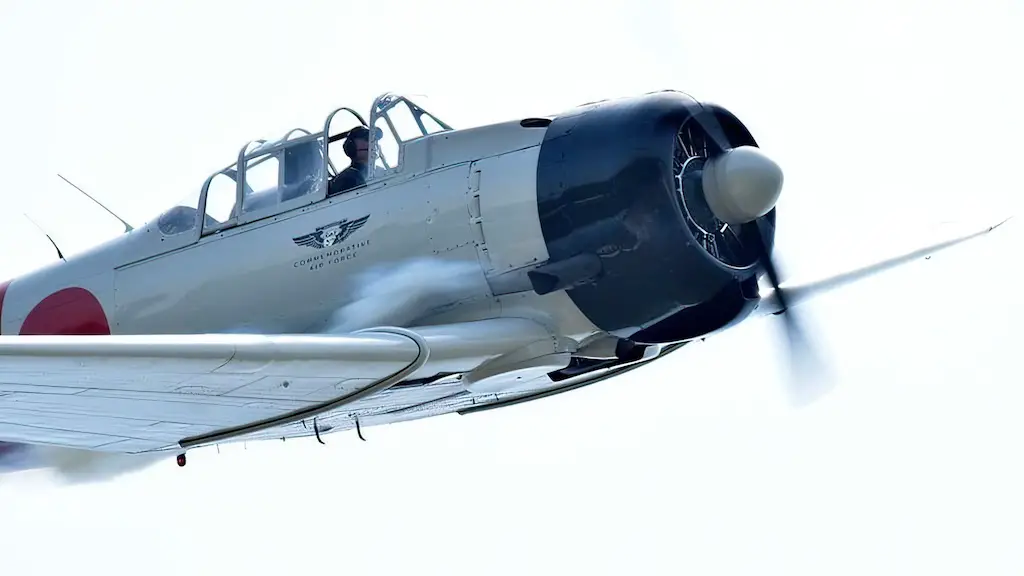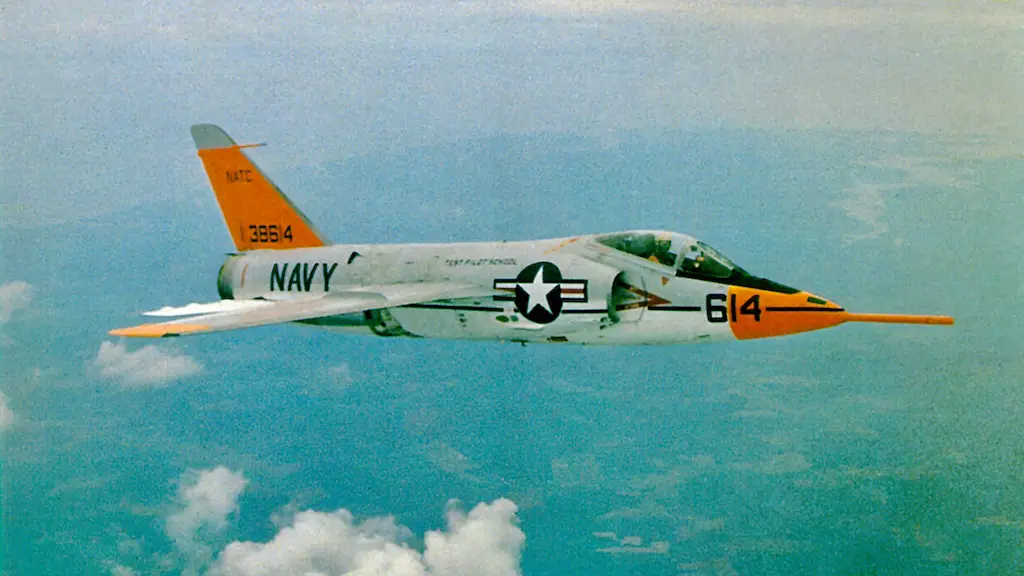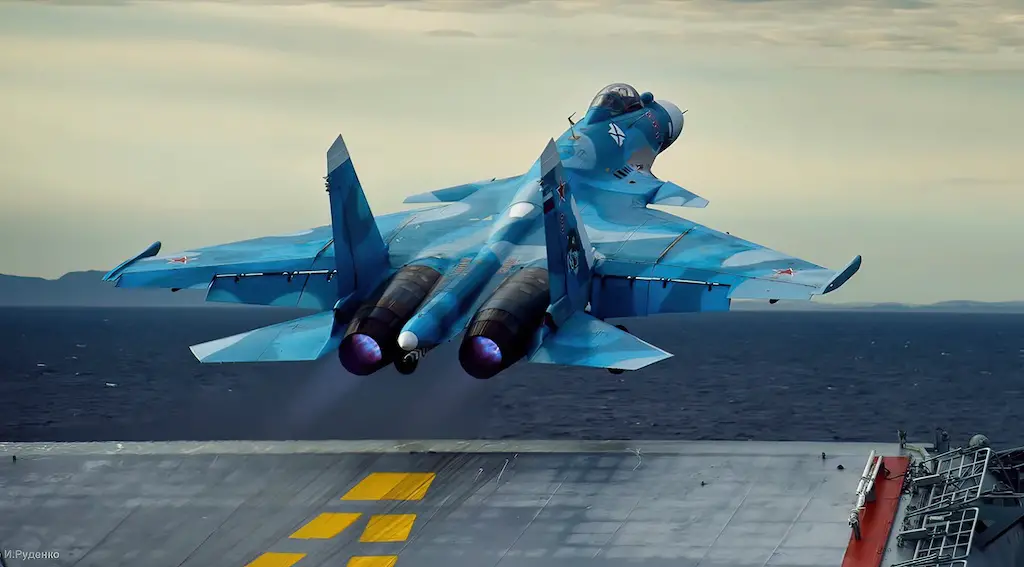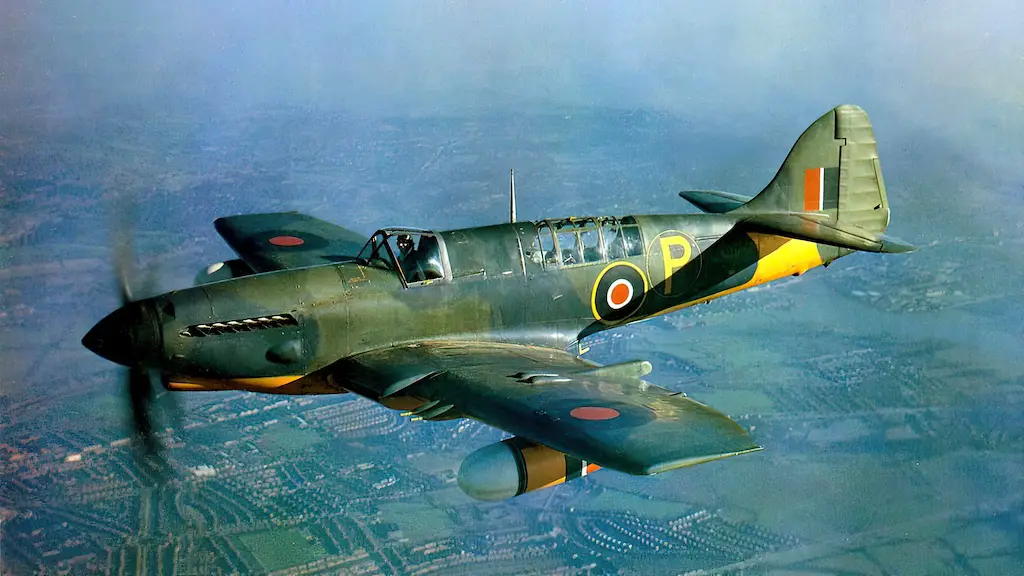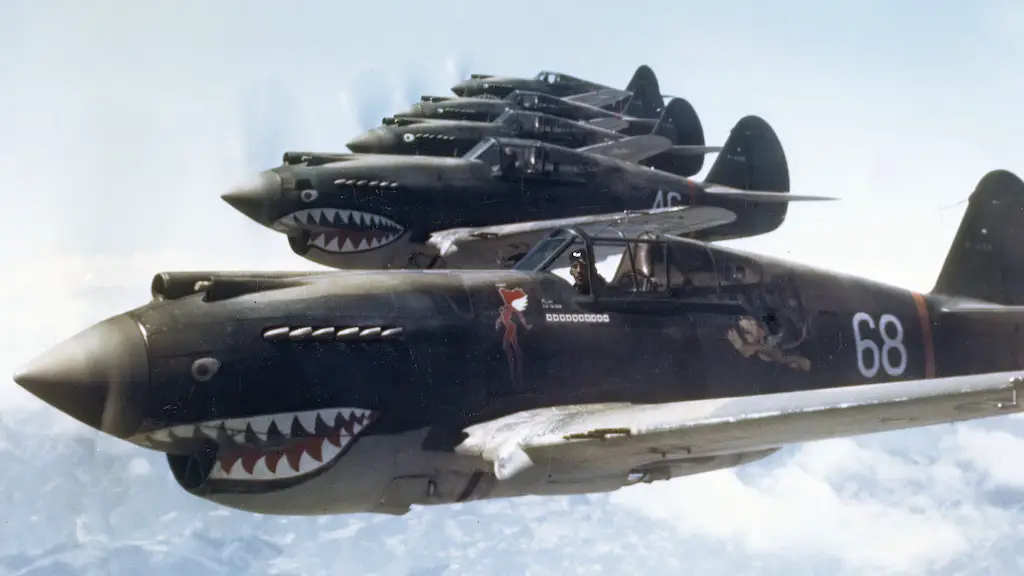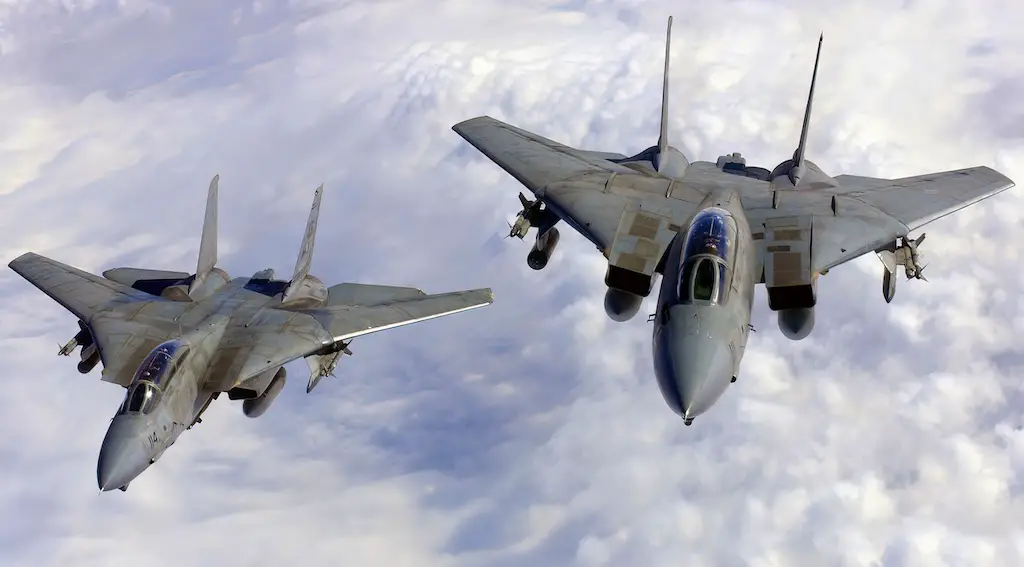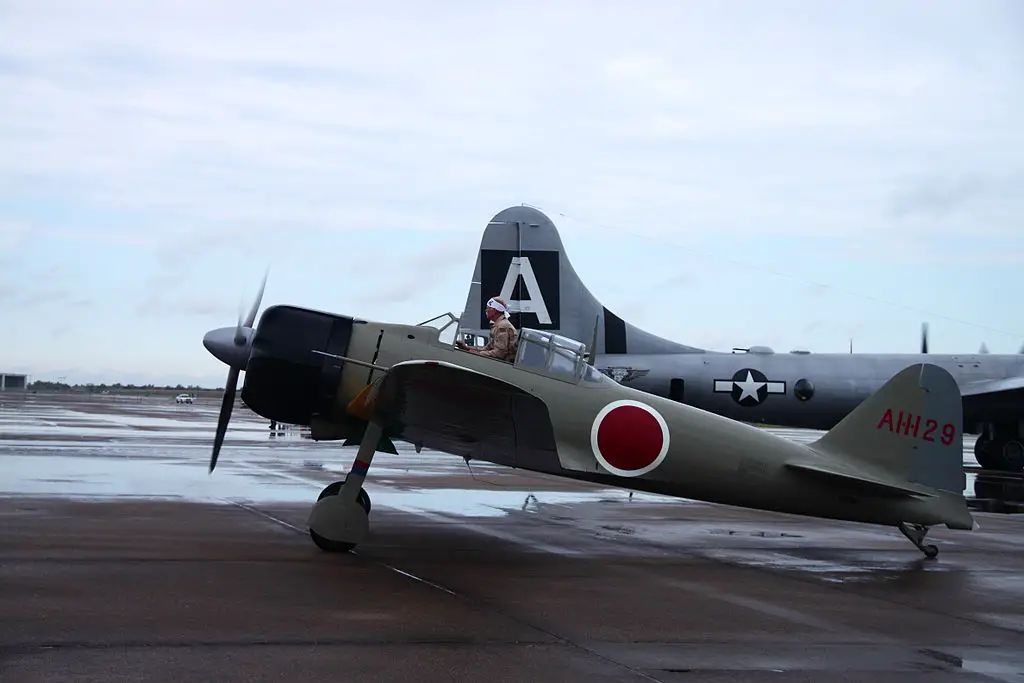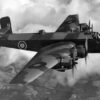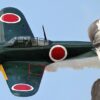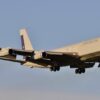A Symbol of Japan’s Military Power
The Mitsubishi A6M Zero was renowned as an incredibly advanced and lethal Japanese fighter aircraft during World War II. With its top-notch capabilities, it quickly became a symbol of Japan’s military power & technological prowess against the Allied forces. The A6M Zero had an excellent reputation for its flight performance, ranging from flexibility, rate, scope, and stealthiness.
Its lightweight construction and streamlined design allowed it to be highly agile, and its high thrust-to-weight ratio enabled it to outmaneuver most of its rivals. It has a top speed of approximately 330 mph, and its impressive range made it challenging for other planes to catch or surpass it. The A6M Zero was challenging for radar to detect because of its low profile and minimal armament.
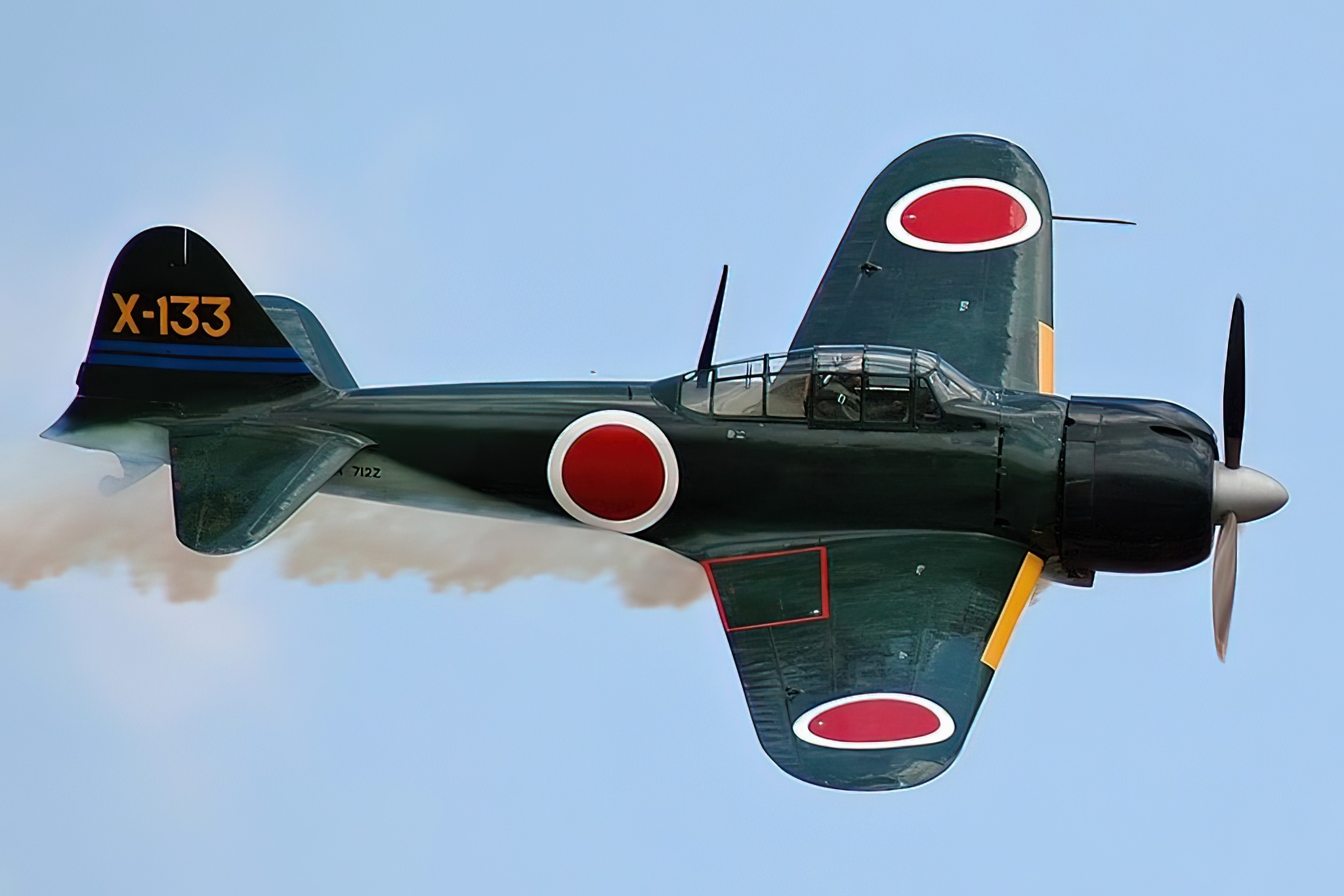
The A6M Zero was equipped with two 7.7mm machine guns and two 20mm cannons, which made it a dominant contender in aerial fights because of its combination of firepower and precision. The plane was used in numerous crucial engagements in the Pacific theater, such as the Battle of Midway and the devastating attack on Pearl Harbor, and later versions of the aircraft were equipped with additional weaponry. Although the A6M Zero was eventually conquered, it has left an ongoing legacy and symbolizes Japanese military technology & inventive skill.
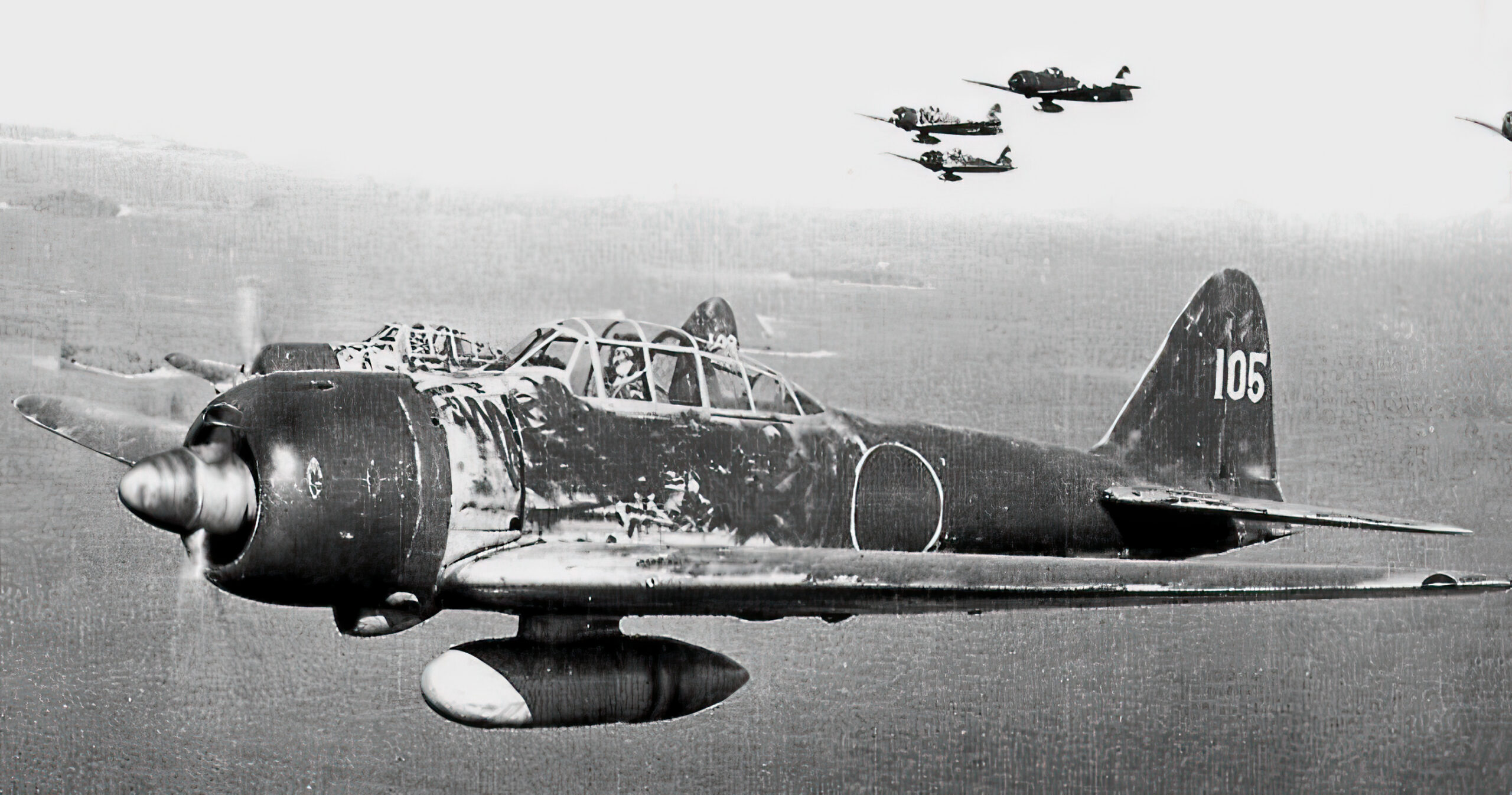
From a Prototype to a Lethal Fighter
In the early 1930s, the Mitsubishi Aircraft Company engineers designed the A6M Zero fighter plane under the guidance of Jiro Horikoshi. The Japanese military had requested a maneuverable, fast, and long-range fighter, and Horikoshi’s team was responsible for its creation.
The first A6M Zero prototype, assigned the number 12-Shi, underwent rounds of test flights in 1939. Its lightweight construction, streamlined design, and innovative engine made for exceptional speed, maneuverability, and range, propelling it to become a significant asset in aerial combat.
The Japanese military officially adopted the A6M Zero in 1940, and it was utilized in major battles like the attack on Pearl Harbor and the Battle of Midway. Upgrades and modifications were implemented over time, such as stronger engines, larger fuel tanks, and additional weapons. However, it became outdated compared to Allied fighter planes, rendering it increasingly vulnerable to enemy attacks towards the end of the war.
Iwamoto’s Nine Kills in a Zero
Etsuzo Iwamoto, a Japanese fighter pilot, is well known for his impressive flying skills and numerous victories during World War II. He accomplished a notable feat on November 8, 1943, during the Battle of Rabaul in Papua New Guinea while flying a Mitsubishi A6M Zero fighter plane. Leading a group of pilots, Iwamoto attacked a formation of Allied bombers and escort fighters and defeated them, despite being outnumbered. During that mission, Iwamoto shot down nine enemy planes, becoming the sole Japanese pilot to claim such a high number of kills in a single day.
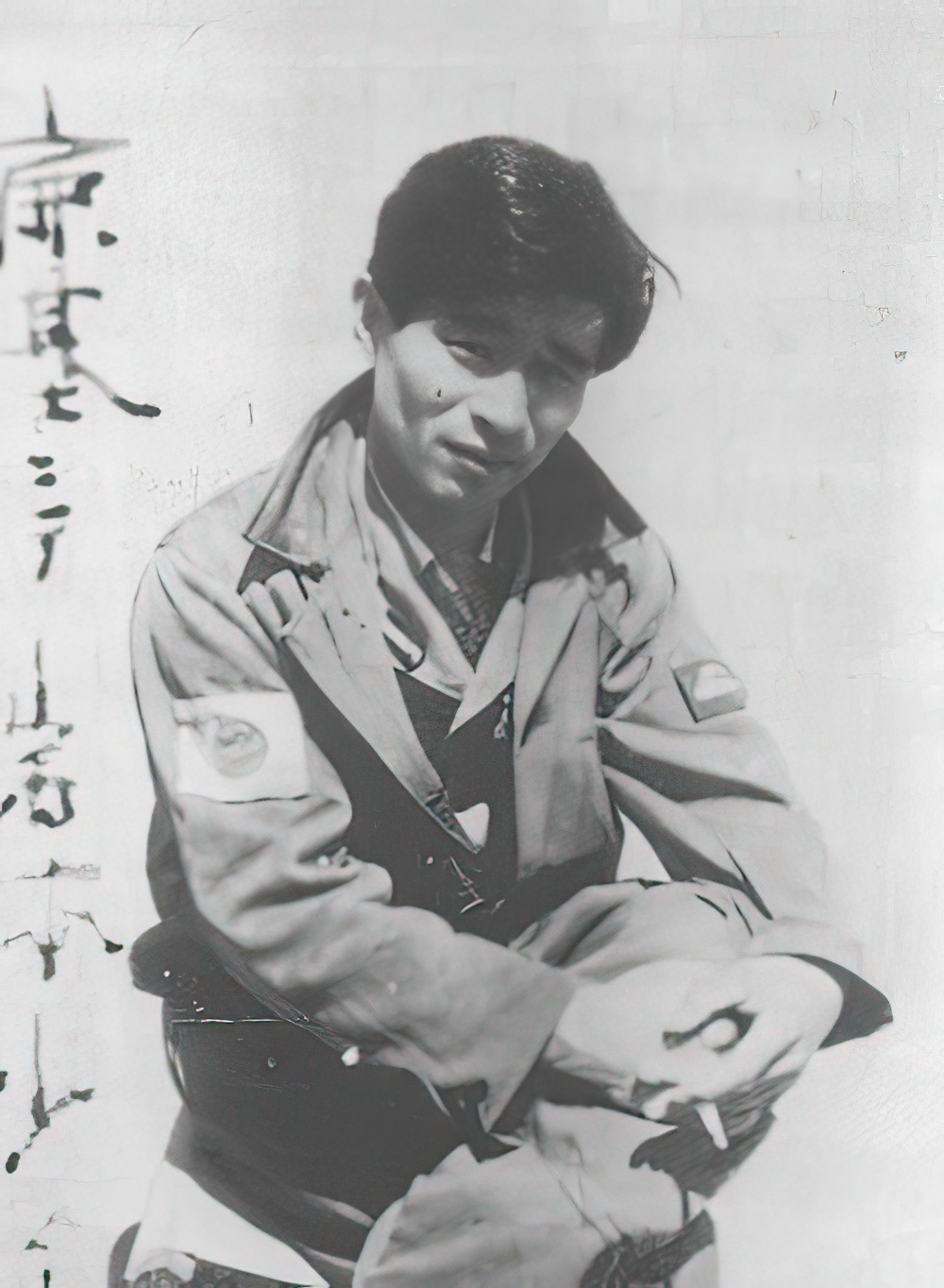
Iwamoto’s use of the A6M Zero fighter plane, which had incredible speed, range, and maneuverability, played a significant role in his victories. The fighter’s lightweight structure and smooth design enabled Iwamoto to outmaneuver most adversaries, whereas its robust weapons made it a fierce competitor in aerial combat. Iwamoto’s accomplishment on November 8, 1943, highlights the impressive potential of the A6M Zero, along with the remarkable skills of pilots like him.
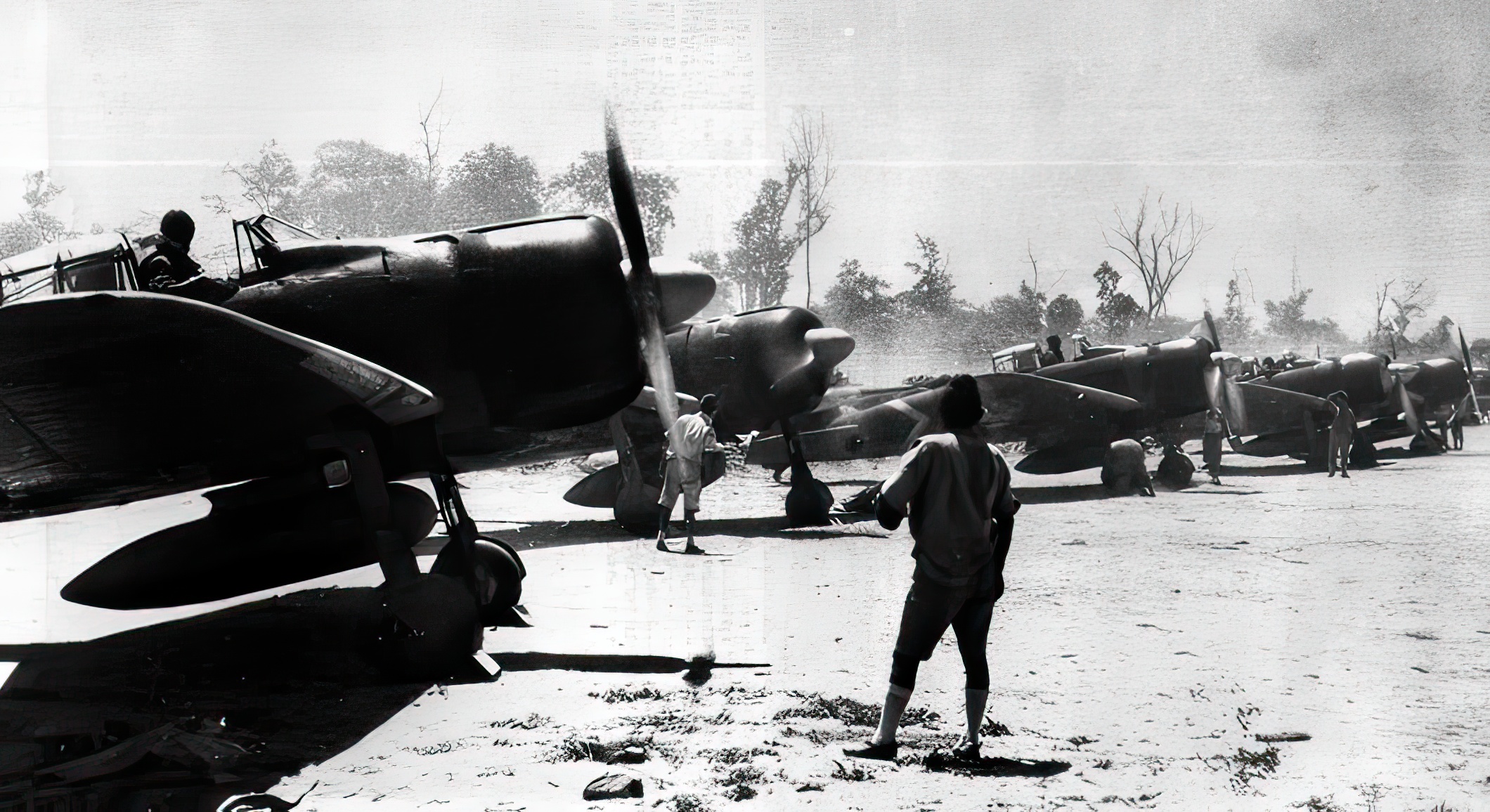
After the war
After WWII, the Mitsubishi A6M Zero, along with other Japanese military aircraft, was banned from production & use by the Allies, but a few surviving Zero planes were obtained by other countries, e.g, the US & Soviet Union, for testing purposes.
The US got hold of several Zero planes, even capturing one intact on Saipan Island in 1944. The US military subjected the plane to various tests, including flight tests and an examination of its design and components. Though it was highly maneuverable with a high rate of climb, the plane had various shortcomings, such as the absence of armor protection and self-sealing fuel tanks.
Aside from the US evaluation, Indonesia used the A6M Zero in a brief conflict against the Netherlands in 1947-1948, while the Chinese Nationalist Air Force used the plane in the initial years of the Chinese Civil War against Communist forces.

